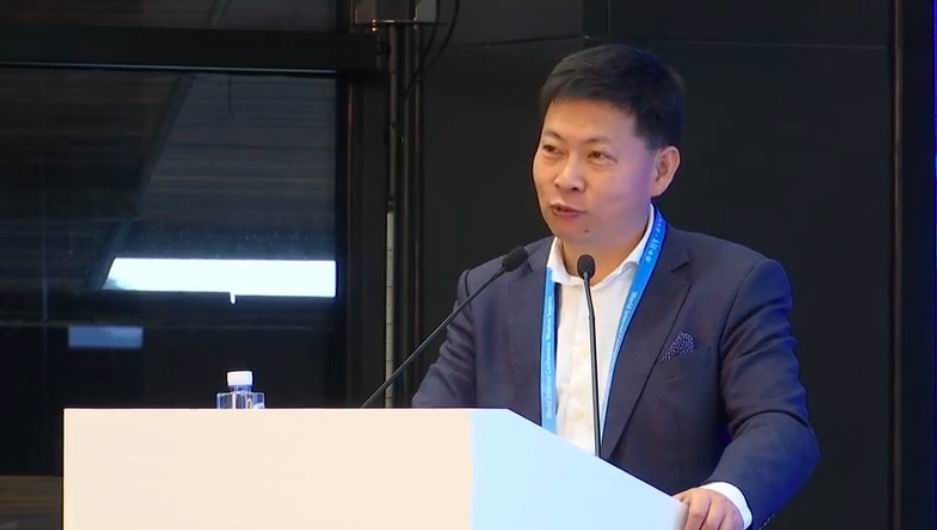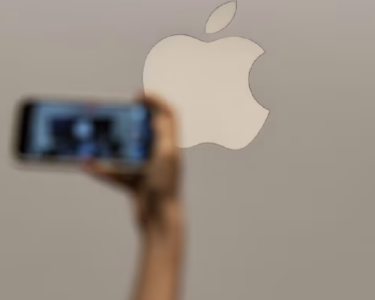Huawei: No shortcuts to improving user experience
Richard Yu: Companies not focused on user experience and consumer value are doomed
In the increasingly competitive smartphone market, the most important thing to the user is the experience. In fact, nearly all vendors are striving to improve the user experience. Every aspect of the sector, from hardware to software, and design to service, is connected to the user experience.
It is clear that, in the end, user experience is actually user demand. And the user experience can only be improved by understanding the users’ thinking and tackling their problems.
Anyone can make bold promises, but customer orientation or the so-called best user experience lies in the details. Huawei, a company always focused on high quality,best demonstrates this.
Satisfying a few top-tier demanding users to satisfy most consumers
Though most users don’t have high expectations for the acoustic performance of their smart devices, improving the acoustic experience would surely delight music fans. Despite serving a wide group of consumers, Huawei still aims to make products that meet the demands of the most discerning of listeners. Huawei uses hi-fi chips to build hardware and proprietary audio technology jointly developed by hundreds of acoustic professionals from the Huawei 2012 Lab, Huawei’s R&D lab in Europe, and Japanese Institutes.
Huawei developed the Huawei Histen audio algorithm on the basis of psychological principles and acoustic perception model. Grammy Award-winning musicians were invited to listen and provide feedback. The result is immersive 3D surround sound and a thrilling audio experience.
Huawei’s M3 tablet comes equipped with advanced audio hardware and software. According to Huawei staff, this product was developed with painstaking effort. The tablet has undergone 24 rounds of tests and validations. Over 40 issues were raised and tackled during full unit development, involving a number of new research programs including phase synchronization, noise control, sound hole processing, sponge shock absorption, and more.
Engaging in such new programs, Huawei’s research team built and used a listening room and an anechoic chamber during development and acceptance. They finally achieved a remarkable product, and at the same time laid a foundation for future development work.
No shortcuts to improving user experience
The move from B2B to B2C has been a painstaking process for Huawei. At the recent Huawei Quality Conference, Huawei’s Consumer Business Group CEO Richard Yu said that since shifting the focus of its device business to consumers in 2011, Huawei has been solidly focused on user experience. He said that a company has no future if it isn’t focused on user experience and maximizing the value offered to the end user.
Huawei is working everyday to improve the user experience. It is constantly trying new approaches and striving to make new breakthroughs. An example is the PC. Despite a declining PC industry, Huawei dares to enter this market, a move that has significant meaning.
Like the mobile phone, the PC is a product calling for technological advancements through R&D. The PC still has room to improve through innovation and refining of the user experience.
The PC is a more mature product than the mobile phone, and amid the shift toward mobile Internet, the PC faces a range of technological challenges. One such problem is its hard disk. The shock resistance of hard disk has direct impact on its ability to securely store data.
But it is extremely difficult to achieve high shock resistance due to the limited space available in the current ultra thin body designs. Through numerous tests and optimization, and by using twice the normal number of samples, Huawei has developed PCs with excellent impact resistance and high reliability.
Solid State Drive (SSD) greatly improves the user experience on a PC. The problem with SSD, however, is that serious problems such as startup failure may occur, threatening the security and safety of user data. For this reason, Huawei’s PC development team conducted rigorous tests during research and development.
The reliability engineers found that a drop from 1.2 meters still led to failure in a certain percentage of SSD. Through cutting tests and electron microscope analysis, they found SSD has a limited redundancy in reliability. For optimization, reliability engineers tested more than 10 countermeasures by adopting various materials, as well as different widths and positions of sponge stickers.
Finally the optimal solution was developed through continuous tests, analysis and optimization. In follow-up commercial product tests, a third party drop tested more than 20 Huawei PCs, and none of them failed after dropping.
Success is in the details
Focusing on mobile phone, Huawei aims to develop All-Scenario application to satisfy home and office demand through mobile applications. In line with this new strategy, Huawei is expanding its product offering to include wearable devices offering unique value.
A key wearable device developed to address user demand is the Talk Band smart bracelet. It combines the functions of a Bluetooth earphone and a smart bracelet, a new product satisfying old demand.
The Talk Band is a new product with little experience and many lessons to learn. In order to achieve a satisfactory user experience, Huawei made great efforts in the development of this product.
Making the Talk Band’s hook comfortable was essential to ensuring long-term wearing. However, fixing the Talk Band’s hook into the wristband was difficult as it is much smaller than the typical Bluetooth earphone and there was no clear standard to follow at the beginning of design.
For this reason, the test team organized an 18-person test group, made five molds and 25 improvements in material and construction before they finally achieved their goal: a minimal size hook with extra comfort regardless of ear shape.
Before official launch, a sample Talk Band was demonstrated during MWC. Some people said the ejecting force was too powerful when removing the earphone, causing the earphone to sometimes pop up, so they needed to use a finger to stabilize when removing the earphone.
In response to this feedback, Huawei’s Talk Band designers and suppliers set up a joint team to modify the eject mechanism. After 16 modifications made over two and half months, the problem was finally solved.
Many vendors promise that their products offer the “best experience.” But the “best experience” is not the goal for Huawei. For Huawei, the goal is to never stop pursuing a better user experience. From PCs that go against the industry downturn to wearables that reflect emerging trends, and to smartphones that continually demonstrate a higher level of user experience, what you see from Huawei products is the unrelenting effort to satisfy consumer demand.




